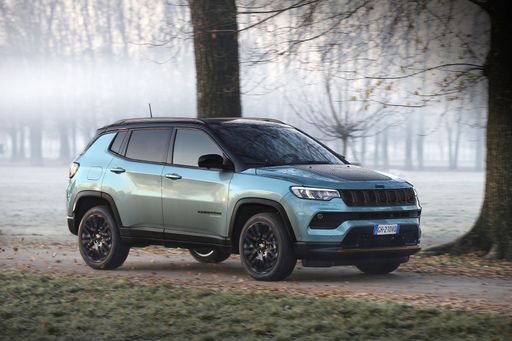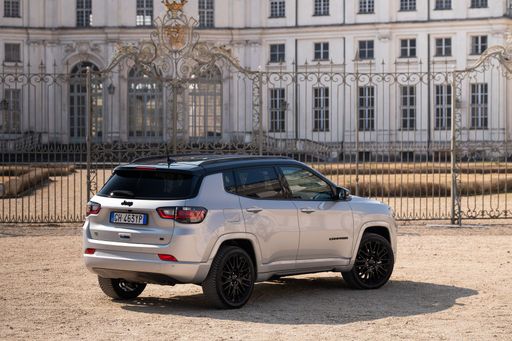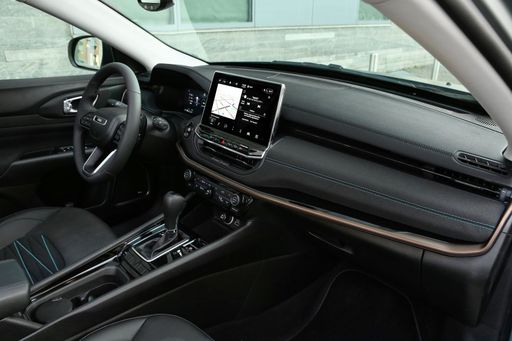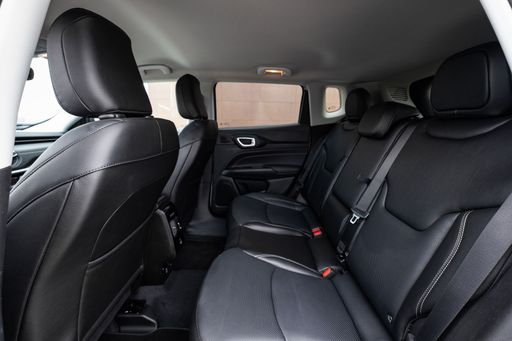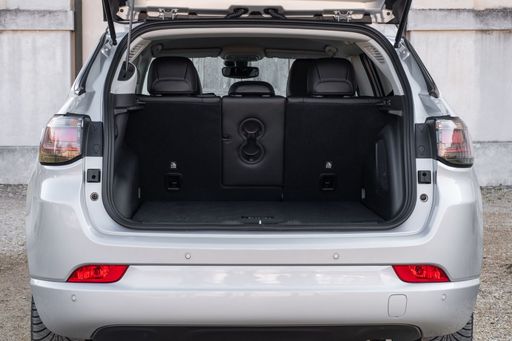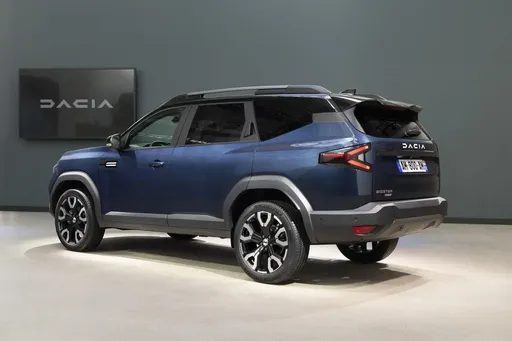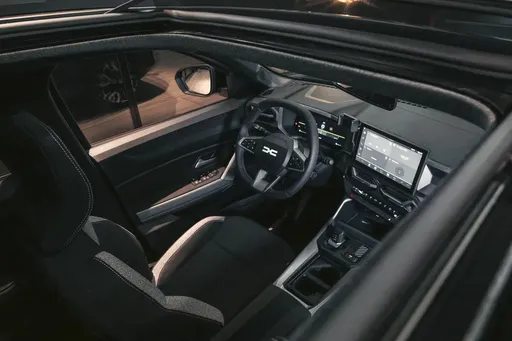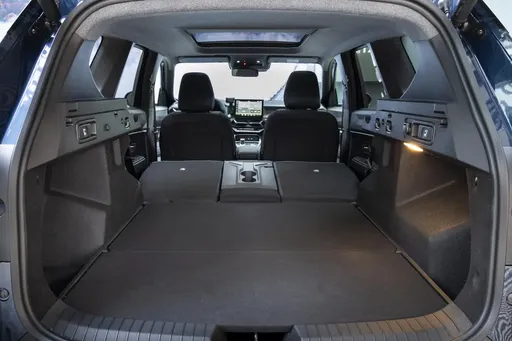Engine and Performance:
Under the bonnet, it becomes clear which model is tuned for sportiness and which one takes the lead when you hit the accelerator.
When it comes to engine power, the Jeep Compass has a noticeable edge – offering 213 HP compared to 155 HP. That’s roughly 58 HP more horsepower.
In acceleration from 0 to 100 km/h, the Jeep Compass is a bit quicker – completing the sprint in 8.50 s, while the Dacia Bigster takes 9.70 s. That’s about 1.20 s faster.
In terms of top speed, the Jeep Compass performs barely noticeable better – reaching 188 km/h, while the Dacia Bigster tops out at 180 km/h. The difference is around 8 km/h.
There’s also a difference in torque: Jeep Compass pulls evident stronger with 345 Nm compared to 230 Nm. That’s about 115 Nm difference.

